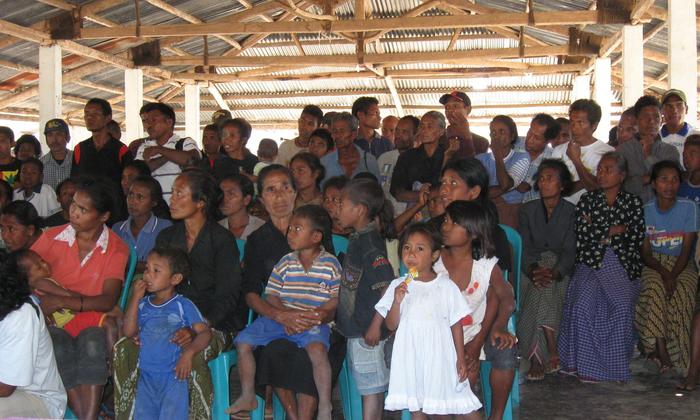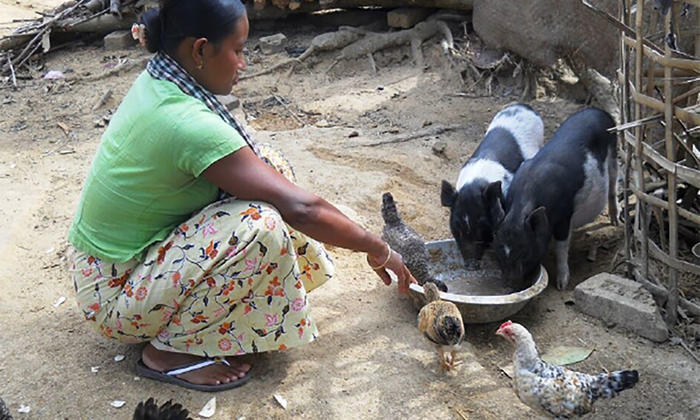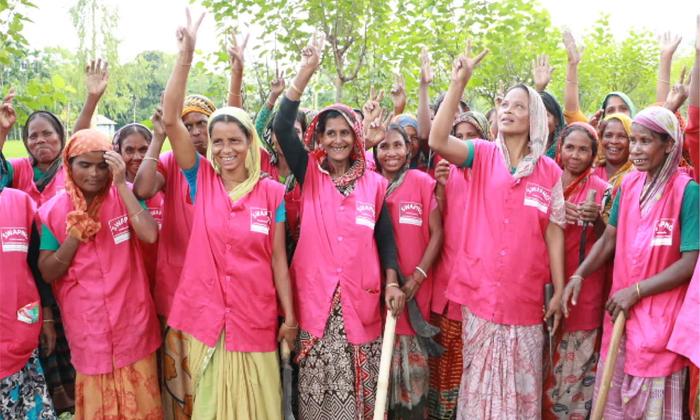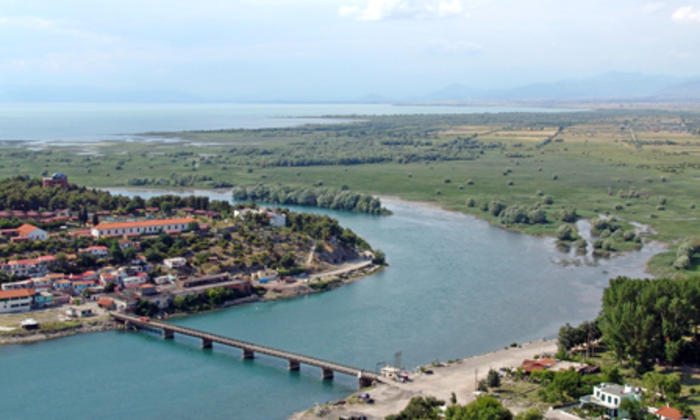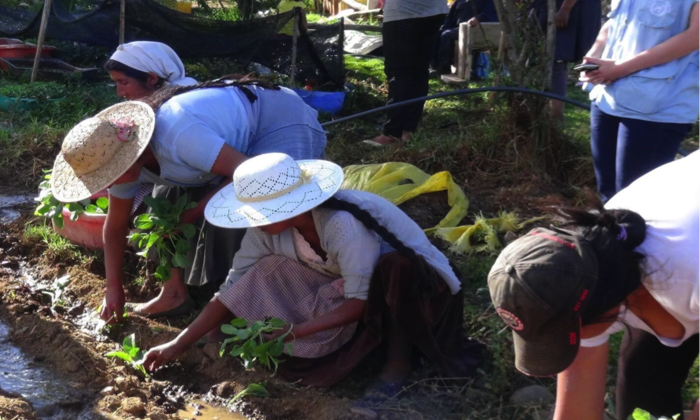Case study
El Salvador: Food Security and Nutrition for Children and Salvadoran Households (SANNHOS)
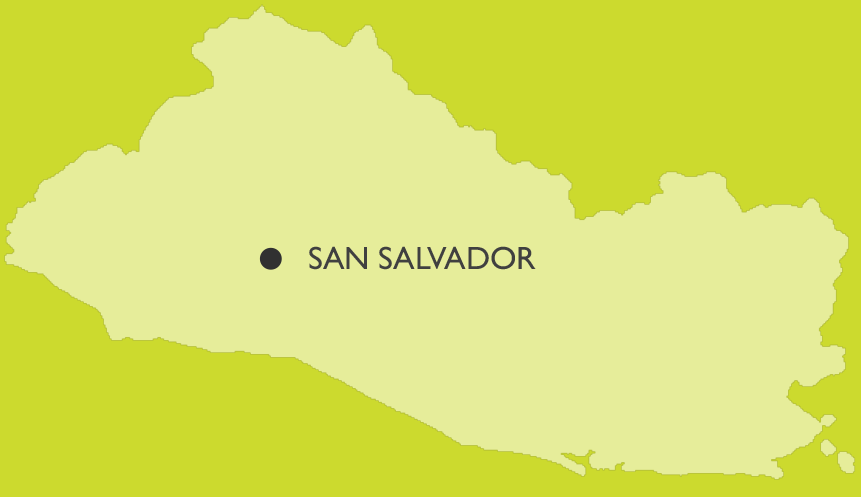
SDGs ADDRESSED
This case study is based on lessons from the joint programme, Food security and nutrition for children and Salvadoran households (SANNHOS)
Read more
Chapters
Project Partners
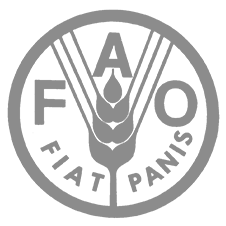
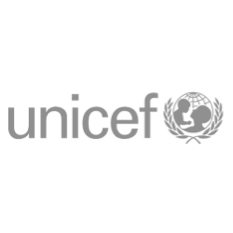
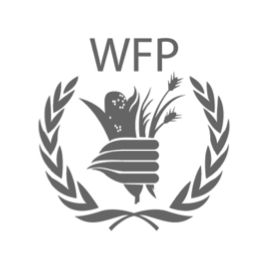
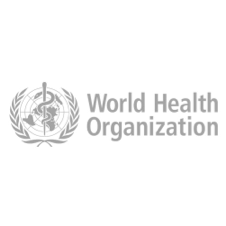
1. SUMMARY
The joint programme was implemented in El Salvador in the department of Chalatenango to improve food and nutrition security and alleviate child hunger and undernutrition. The programme supported the work of the Government Plan "El Salvador Adelante" that began in June 2014. Through advocacy and technical support, it designed laws and regulations to support local governments and families.
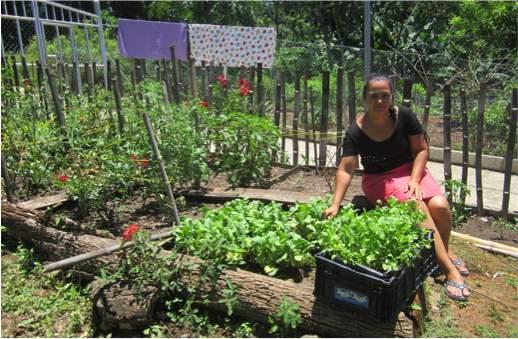
Maria improved the diet of her children by learning how to grow vegetables and fruits in her garden
2. THE SITUATION
With 6.2 million inhabitants, El Salvador is the smallest and the most densely populated country in Central America. The 2012 National Household Survey found that 34.5% of the population lives in extreme poverty, ranging from 47.2% to 60% in the most vulnerable municipalities, where chronic child malnutrition is prevalent. El Salvador’s economy depends on imports and remittances. This makes the poor even more vulnerable to external changes, as households depend on external income for food. Food insecurity and malnutrition is associated with social and gender inequality, poverty, unemployment, low wages and low education levels, which negatively impact nutritional education and food production.
The impact of chronic infant malnutrition can be felt throughout one’s life. This can include reproductive issues (early reproduction, little spacing between pregnancies and high numbers of children); unhealthy eating during pregnancy, limited access to health care, and low rates of exclusive breastfeeding. These fundamental causes of food insecurity and malnutrition are also combined with poor health conditions, lack of basic sanitation, prevalence of infectious diseases and low levels of domestic food production (inappropriate use of soil, cultivation of basic grains on hillsides, high cost of inputs, low access to credit, lack of technical assistance, trainings and technology).
3. STRATEGY
The programme relied on a multisectoral and multi-institutional approach to food and nutrition security, using specialized skills of each participating UN agency. The government played a key role in coordinating joint efforts to support agricultural production, health and nutrition, education and local purchases. The programme aligned with the Government Plan "El Salvador Adelante," and was implemented in three municipalities of Chalatenango (Las Vueltas, Nueva Trinidad and Arcatao) for 5,289 people. It focused on strengthening public policy on food and nutrition, improving local food production to reduce food imports, increasing communities’ resilience to climate change, and improving access to information about nutrition. The programme also focused on improving access to health services and promoting women-owned micro-enterprises.
4. RESULTS AND IMPACT
The programme reached 608 families from three municipalities with 2,182 direct beneficiaries (871 women, 856 men, 248 girls and 207 boys). These families learned about food, nutrition and health. Educational materials on water and sanitation were used in training sessions with families. Moreover, the joint programme supported diversification of production by creating fruit orchards and vegetable gardens, poultry and tilapia farming, and improving environmental sustainability and climate change resillience. Five rainwater collection tanks were built in coordination with local governments, serving more than 500 families in three municipalities. At the same time, 121 families got help creating micro-enterprises in farm and non-farm activities, 80% of whom were led by female heads of households. At the start of the programme, 64% of families suffered food insecurity; by the end, this rate dropped to 14%.
The programme also contributed to food security and nutrition by working closely with local authorities. Main contributions include design of indicators for the National Strategic Plan for Breastfeeding; support for the Fourth National Census on height and weight measurements in first-grade students; creation of three technical regulations on food fortification; and a study on the state of nutrition and oral health of children under five. Strategic plans were also developed for micro basin management; they included tools for decision-making and environmental sustainability. Training activities strengthened knowledge of 13 institutions (governmental and non-governmental) for the development of 2016-2020 Operational Plan on food and nutrition security, school alimentation and maternal breastfeeding. Moreover, a training programme on food and nutrition security for government officials helped them with policy work. In total, 1,135 government officials (794 women and 341 men) benefited from this training.
In terms of raising awareness about nutrition, 10 schools benefited from creation of vegetable gardens to promote learning, productive techniques and knowledge about nutrition. Students, teachers and parents participated in the activities. Another 15 schools received basic kitchen utensils in order to promote food safety.
The programme also supported women’s empowerment by collaborating with local authorities to increase women’s participation in local government. Eighty-six women were trained on technical issues and joined three Municipal Committees on Food and Nutrition Security. On the household level, the joint programme reached 441 women, helping them make better decisions about food, health and nutrition.

5. CHALLENGES
The joint programme had some delays due to problems related to joint planning and operations. Better flexibility and mutual cooperation is needed to ensure success. This is particularly relevant for the design and execution of service contracts as well as agreements with national suppliers. Better coordination is needed regarding logistics to ensure timely delivery from suppliers. Financial and institutional sustainability of results after programme completion is another challenge. Close work with national authorities to ensure budgetary allocations for food and nutrition activities can guarantee continuity.
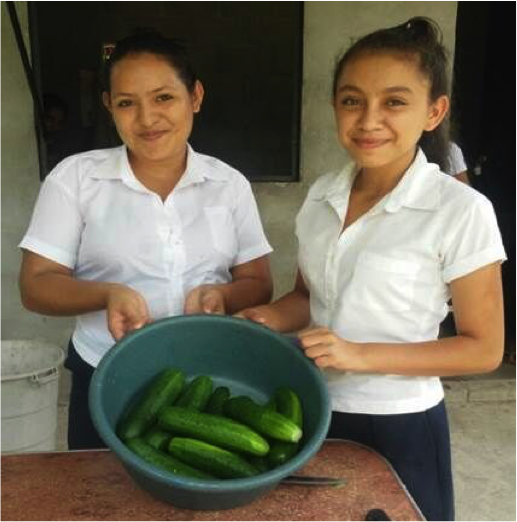
Students show the cucumbres grown in the school garden, established under the joint programme
6. LESSONS LEARNED
- The success of a joint programme on food and nutrition security depends on mainstreaming gender equality and women’s empowerment, especially in decision-making. Collaboration with local authorities and Gender Units can help with identification of women leaders and producers who can participate in training activities. Increased participation of women in local government can strengthen the government’s ability to conduct initiatives on food, health and nutrition.
- Analysis of the food insecurity causes (poverty, health, education, lack of basic sanitation, gender inequality, environmental degradation, low domestic food production) illustrates the need for an integrated and multi-dimensional approach to food and nutrition security.
- It is important to have collaboration across government agencies (Ministry of Agriculture and Livestock, Ministry of Labor & Social Welfare, Ministry of Environment and Natural Resources, Ministry of Education). Effective dialogue with national and territorial authorities helps ensure national ownership and support to food and nutrition security through improved agricultural production, health, nutrition, improved environmental conditions and education.
- Matching funds (financial contributions from the SDG Fund were matched with contributions from UN agencies and national and municipal governments of El Salvador) have been fundamental for ensuring national ownership. The matching funds system was also important for ensuring food security was prioritized by all levels of government. This system strengthened national capacities and improved sustainability of results.
- Inclusion of environmental issues in a food and nutrition security joint programme is important for ensuring efficient use of natural resources in face of climate change. Environmental sustainability can be supported through strengthening communities’ resilience by investing in community assets and improving soil and water resource conservation.
7. SUSTAINABILITY AND POTENTIAL FOR REPLICATION
The joint collaboration between the UN agencies and the Government of El Salvador improved food and nutrition security. This collaboration confirmed the relevance of building and maintaining a national capacity for food and nutrition security policy formulation. Moreover, active involvement of national and local authorities in the joint programme strengthened results, helping ensure long-term sustainability and allowing the programme to be scaled up. This joint programme has great potential for replication in other areas of El Salvador with similar conditions.
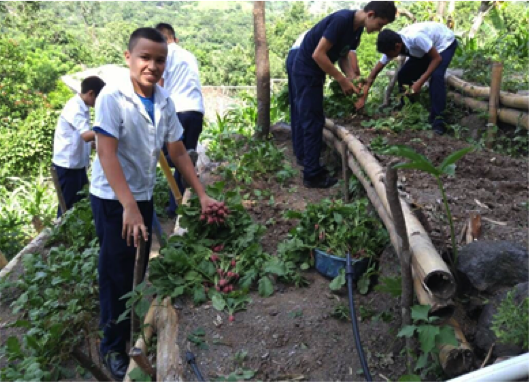
Students, teachers and parents work in school vegetable garden to promote learning about food production

